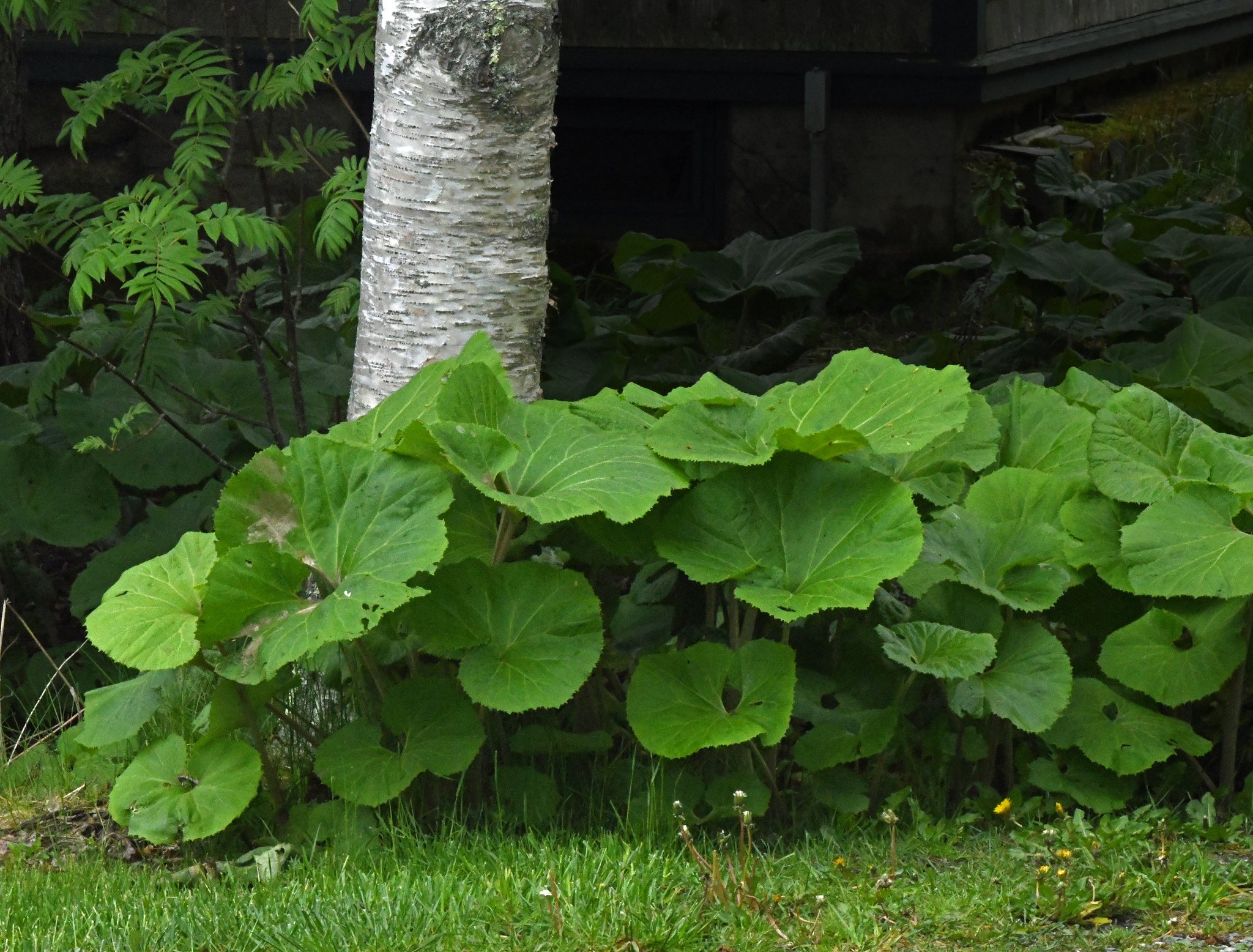Here you see two female white-tailed deer and their offspring at first light yesterday. I realized when seeing them that I have no idea why those creatures are called “does” and “yearlings” and other age descriptors such as “fawns” and “bucks.” “So, I did some quick online research, which I share here with those who might be interested.
White-tails usually are born in May or June and called “fawns” then. It’s a lovely description that apparently derives from Old and Middle English words meaning “glad” and “joyful,” which is what a fawn usually is and what it often makes us feel like. (Thus, in cynical modern English, if you “fawn over someone,” you gush about and praise the person too much.)
Somewhat strangely, white-tails are called “yearlings” at about 1.5 years old, the fall following their birth. This is when, on average, they become capable of sexual activity, although they have not fully matured physically otherwise.
I found no reliable etymological reason for calling deer that are older than a year “yearlings.” It appears that it just seems logical to call a deer that is older than a year, but younger than two years a “yearling.” So be it. However, if that 1.5-year-old white-tail is a male and has small bumps on his head, he is likely to be called a “button buck.”
The names “doe” for a female deer and “buck” for a male apparently are mere derivatives of “da” (Old English for female deer) and “bucca,” “bukkon,” and “bookkr” (Old English and Germanic for male deer). Curiously, in Britain now, it’s apparently more common to call a mature male deer, especially a red deer, a “stag.”
I found no clear explanation of when to begin calling a deer a “doe” or a “buck.” White-tails reportedly don’t completely physically mature until 4 or 5 years of age and most males don’t peak in neck blending, frontal body mass, and antler spread until 5.5 to 6.5 years. But, generally, white-tails that are two years or older apparently are called “does” and “bucks.” (Image taken in Brooklin, Maine, on April 24, 2025.) Click on the image to enlarge it.
























































































